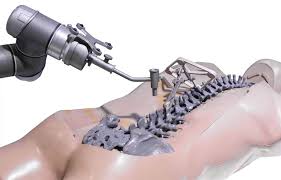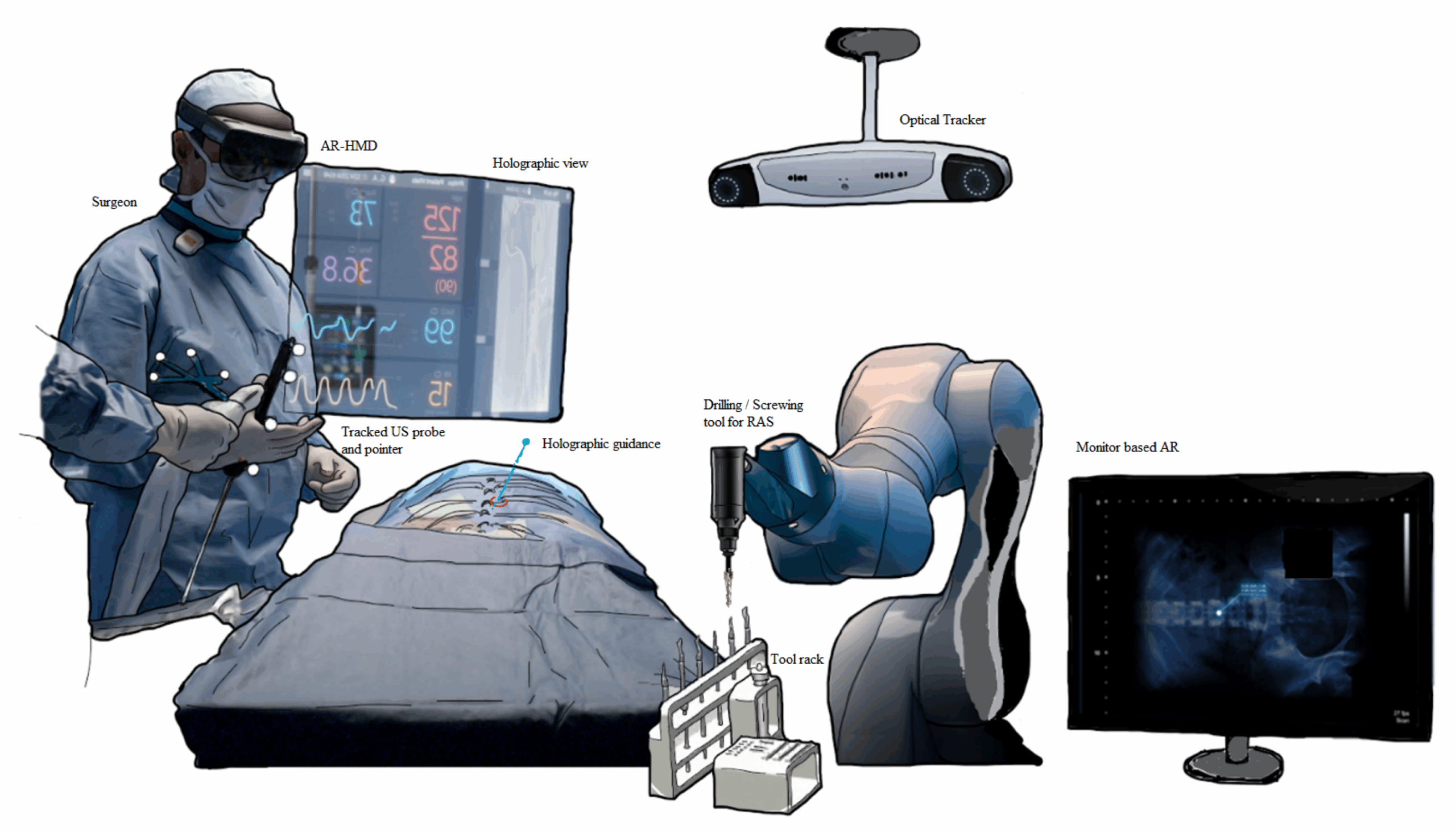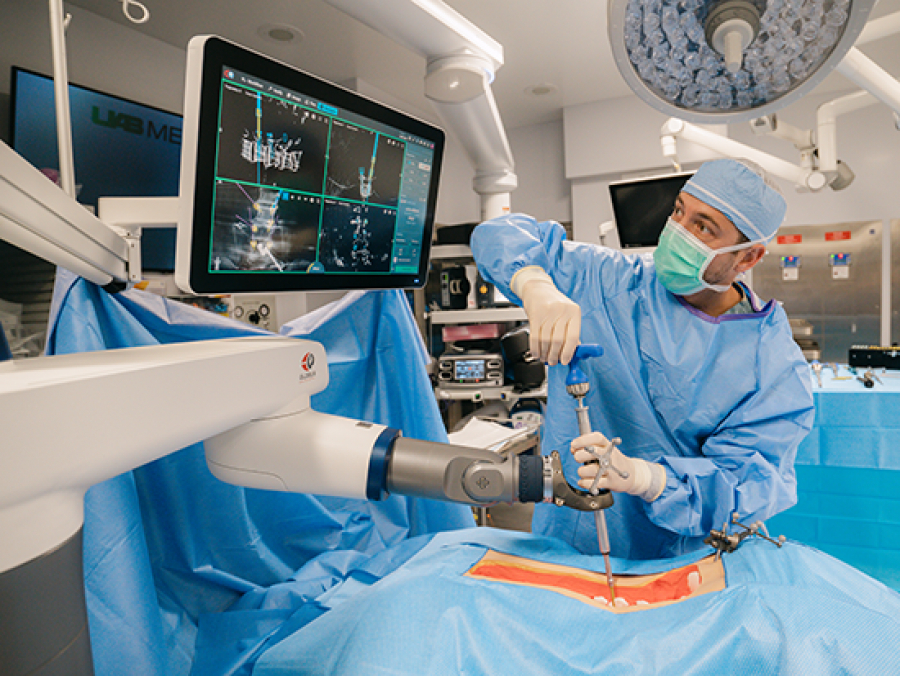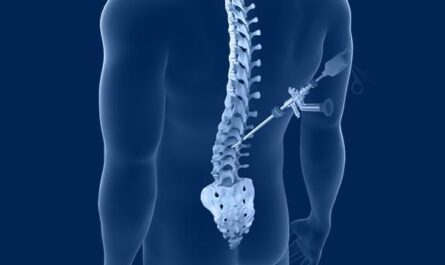Robotic-assisted spine surgery represents a significant advancement in modern medicine, offering precision and efficiency that traditional techniques often struggle to match.This innovative approach has transformed how surgeons perform spinal surgeries, resulting in improved outcomes for both patients and surgeons. In this blog, we’ll explore what robotic-assisted spine surgery is, why it’s important, its benefits, and how it is shaping the future of spinal care.
What Is Robotic-Assisted Spine Surgery?

Robotic-assisted spine surgery is a cutting-edge technology that involves using robotic systems to aid in performing delicate and complex spinal procedures. These systems provide surgeons with enhanced precision, flexibility, and control during surgery. A robotic arm, guided by the surgeon, allows for more accurate placement of instruments and implants. While the robot assists, the surgeon remains in full control throughout the procedure.
Why Is It Needed?
Spine surgery is inherently complex, involving small, intricate movements in and around sensitive structures such as nerves and the spinal cord. Traditional methods, though effective, have limitations in terms of accuracy and precision. Robotic-assisted surgery addresses these challenges by providing enhanced visualization, precision, and stability. This reduces the risk of complications and improves overall safety.
Benefits of Robotic-Assisted Spine Surgery

- Improved Precision: Robotic systems allow for more precise placement of screws, implants, and other devices. This precision helps in reducing errors and ensures that the surgical plan is executed accurately.
- Minimally Invasive: Robotic-assisted surgery often allows for smaller incisions compared to traditional methods, leading to less trauma to surrounding tissues. This minimizes blood loss, reduces post-operative pain, and speeds up recovery.
- Reduced Radiation Exposure:In many spinal surgeries, imaging technologies like X-rays are frequently used. This exposes both patients and medical teams to radiation. Robotic systems reduce the need for continuous imaging, thereby decreasing radiation exposure.
- Faster Recovery: Patients who undergo robotic-assisted spine surgery often have shorter hospital stays. They also experience quicker recovery times and return to normal activities faster than with traditional surgery.
- Higher Accuracy: The system integrates advanced imaging technology to create 3D models of the spine. This allows surgeons to plan the procedure in great detail. This significantly enhances the accuracy of the surgery, reducing the risk of complications or the need for revisions.
Common Conditions Treated with Robotic-Assisted Spine Surgery
Surgeons use robotic-assisted technology in a variety of spinal procedures, including but not limited to:
- Degenerative Disc Disease: A condition in which the discs between the vertebrae deteriorate or break down.
- Scoliosis: A sideways curvature of the spine that can lead to severe discomfort and postural issues.
- Spinal Tumors: Robotic systems enable precise removal of tumors in and around the spinal cord.
- Spinal Fusions: Used to join two or more vertebrae together to prevent movement that causes pain or instability.
The Future of Robotic-Assisted Spine Surgery
Spine surgery continues to evolve, and its potential is vast. Future developments may include more refined instruments and better integration with artificial intelligence (AI). These advancements could allow for more complex surgeries with greater efficiency. As technology progresses, it is expected to become more widespread. This will provide patients with safer, faster, and more effective treatment options.
Conclusion
Robotic-assisted spine surgery represents a remarkable leap forward in the field of spinal care. This technology transforms the way spine surgeries are performed by offering greater precision, reduced risks, and quicker recovery times.As it continues to evolve, robotic systems will likely play an even more prominent role in the future of spine surgery. This enhancing patient outcomes and advancing modern medicine.




